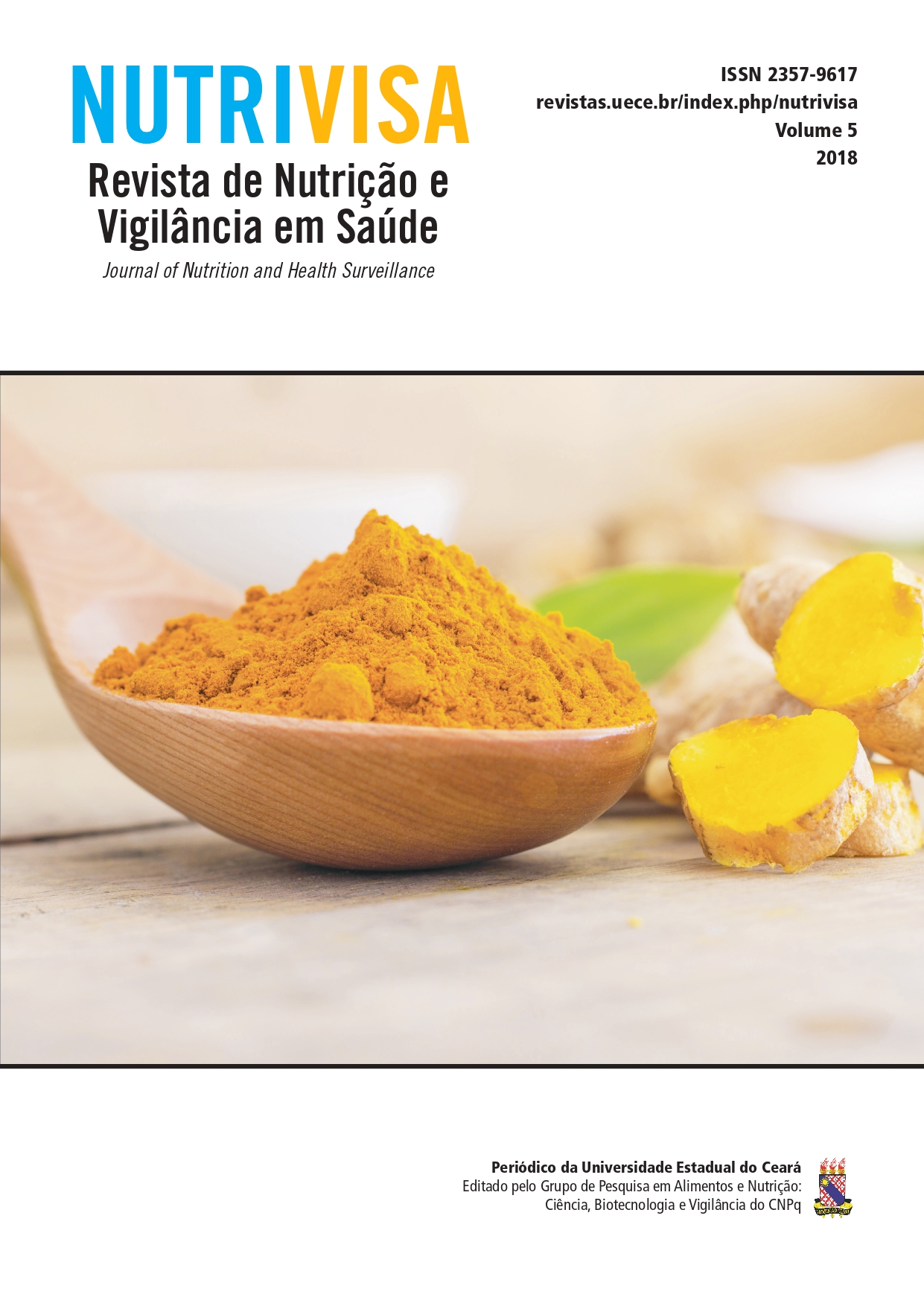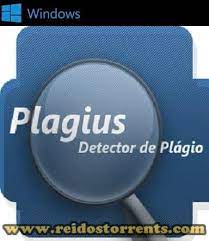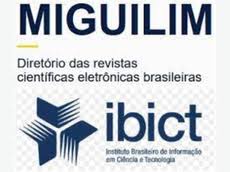Experiência de aprendizagem com crianças para o consumo de alimentos que previnem a anemia
DOI:
https://doi.org/10.59171/nutrivisa-2018v5e9857Palavras-chave:
educação nutricional, pré-escolar, atividades lúdicas, estado nutricional, anemiaResumo
O objetivo do estudo foi realizar uma intervenção de educação nutricional para pré-escolares, incentivando o consumo de alimentos capazes de aumentar os níveis de ferro e fontes alimentares de vitamina C. Trata-se de um estudo de delineamento qualitativo cujo método empregado apresenta caráter de pesquisa-ação. A intervenção foi realizada com pré-escolares de uma creche municipal, no Rio Grande do Sul, Brasil. Foram coletados dados demográficos, de saúde e antropométricos das crianças. Para estratégia de educação nutricional foram utilizadas atividades lúdicas para incentivar o consumo de refeições ricas em ferro e vitamina C. O Índice de Massa Corporal mostrou que as crianças apresentavam uma elevada prevalência de sobrepeso e obesidade. A análise estatística mostrou significância quanto ao aumento do conhecimento das crianças em relação a alimentos fontes de ferro e vitamina C e a aceitação do consumo desses alimentos oferecidos na escola. Conclui-se que a estratégia de educação nutricional utilizando brincadeiras, proporcionou resultados positivos entre os pré-escolares.
Referências
ASSUNÇÃO M.C.F.; SANTOS I.S.; BARROS A.J.D.; GIGANTE D.P.; VICTORA C.G. Effect of iron fortification of flour on anemia in preschool children in Pelotas, Brazil. Revista de Saúde Pública. v. 41, n. 40, p. 539- 48, 2007.
BORGES C.Q.; SILVA R.C.R.; ASSIS A.M.O; PINTO E.J.; FIACC. de escolas públicas de Salvador, Bahia, Brasil. Cadernos de Saúde Pública. v. 25, n. 4, p. 877-881, 2009.
BRAZIL. Decreto n. 6.286, de 05 de dezembro de 2007. Institui o Programa Saúde na Escola – PSE. Diário Oficial da República Federativa do Brasil, Poder Executivo, Brasília, DF, 6 dez. 2007. Seção 1, p. 2.
BRASIL. Ministério da Saúde. Centro Brasileiro de Análise e Planejamento. Pesquisa Nacional de Demografia e Saúde da Criança e da Mulher – PNDS 2006. Dimensões do processo reprodutivo e da criança. Brasília: Ministério da Saúde, 2009, 300 p.
DALLABONA S.R.; MENDES S.M.S. O lúdico na educação infantil: jogar, brincar, uma forma de educar. Revista de divulgação técnico-científica do ICPG. v. 1, n. 4, p. 1-13, 2004.
FAGUNDES A.L.N.; RIBEIRO D.C.; NASPITZ L.; GARBELINI L. E.B.; VIEIRA J.K.P.; SILVA A.P.; LIMA V.O.; FAGUNDES D.J.; COMPRI P.C.; JULIANO Y. Prevalência de sobrepeso e obesidade em escolares da região de Parelheiros do município de São Paulo. Revista Paulista de Pediatria. v. 26, n. 3, p. 212-217, 2008. FOOD DUDES EATING HEALTHY PROGRAMME. 2011 [cited 2011 Abr 20]; Available from: http://www. fooddudes.ie/html/research.html.
GAGLIANONE C.P. Educação nutricional: teoria e prática. Nutrição, Saúde e Performance. v. 4, n. 21, p. 59-62, 2003.
LANE D.J.; RICHARDSON D.R. The active role of vitamin C in mammalian: Much more than just enhanced iron absorption! Free Radical Biology and Medicine. v. 75, p. 69-83, 2014.
LEAL L.P.; OSÓRIO M.M. Associated factors of anemia in children under six years old: a systematic review of the population studies. Revista Brasileira de Saúde Materno Infantil. v. 10, p. 417-439, 2010.
LIMA M.C.B.; CARVALHO A.M.P. O desenho infantil como instrumento de avaliação da construção do conhecimento físico. Revista Electrónica de Enseñanza de las Ciencias. v. 7, n. 2, p. 337-348, 2008.
LOWE C.F. et. al. Effects of a peer modelling and rewards-based intervention to increase fruit and vegetable consumption in children. European Journal of Clinical Nutrition. v. 58. p. 510-522, 2004.
MATTA J.S. Manual de atividades de educação nutricional para pré-escolares em creches (monografia). Rio de Janeiro: Universidade Estadual do Rio de Janeiro; 2008.
MONTEIRO C.A.; SZARFARC S.C.; MONDINI L. Tendência secular da anemia na infância na cidade de São Paulo (1984-1996). Revista de Saúde Pública. v. 34, n. 6, p. 62-72, 2000.
NASCIMENTO V.G.; SOUZA J.M.P.; SOUZA S.B. Aleitamento materno, alimentação complementar, sobrepeso e obesidade em pré-escolares. Revista de Saúde Pública, v. 43, n. 1, p. 60-69, 2009.
PÉREZ-RODRIGO C, ARANCETA, J. School-based nutrition education: lessons learned and new perspectives. Public Health Nutrition. v. 4, p. 131-139, 2001.
POLLA S.F.; SCHERER F. Perfil alimentar e nutricional de escolares da rede municipal de ensino de um município do interior do Rio Grande do Sul. Cadernos Saúde Coletiva. v. 19, n. 1, p. 111-116, 2011.
QUAIOTI T.C.B.; ALMEIDA S.S. Determinantes psicobiológicos do comportamento alimentar: uma ênfase em fatores ambientais que contribuem para a obesidade. Psicologia USP. v. 7, n. 4, p. 193-211, 2006.
RAMOS M.; STEIN L.M. Desenvolvimento do comportamento alimentar infantil. Jornal de Pediatria. v. 76, n. 3, p. S229-S237, 2000.
ROSA S.A.M. O lúdico como estratégia de educação nutricional: promovendo a alimentação saudável e prevenindo a anemia em crianças da pré-escola. Fortaleza, CE. Dissertação (Mestrado). Universidade Estadual do Ceará; Ceará, 2013.
ROSA S.A.M.; BUCHWEITZ M.R.D.; NAGAHAMA D.; DINIZ D.B. Super-heróis em educação nutricional: o lúdico na promoção da saúde e prevenção da anemia em pré-escolares. O Mundo da Saúde. v. 39, n. 4, p. 495-503, 2015.
SALVI C.; CENI G.C. Educação Nutricional para pré- escolares da Associação Creche Madre Alix. Vivências. Rev. Eletrônica de Extensão da URI. v. 5, n. 8, p. 71-76, 2009.
SILVA L.S.M.; GIUGLIANI E.R.J.; AERTS D.R.G.C. Prevalência e determinantes de anemia em crianças de Porto Alegre, Revista de Saúde Pública, v. 35, n. 1, p. 66–73, 2001.
VALENTE T.B.; HECKTHEUER L.H.R.; BRASIL C.C.B. Condições socioeconômicas, consumo alimentar e estado nutricional de pré-escolares pertencentes a uma creche. Alimentos e Nutrição. v. 21, n. 3, p. 421- 428, 2010.
WORLD HEALTH ORGANIZATION (WHO). Iron
Deficiency Anaemia. Assessment prevention and control. A guide for programme managers. Geneva, 2001.
WORLD HEALTH ORGANIZATION (WHO). Child growth standards: methods and development. Length/height-for-age, weight-for-age, weight- for-length, weight-for-height and body mass index-for-age. Geneva, 2006.
WORLD HEALTH ORGANIZATION (WHO). Worldwide Prevalence of Anaemia 1993 –2005: WHO. Global Database on Anaemia. Geneva, 2008.
Downloads
Publicado
Como Citar
Edição
Seção
Licença
Copyright (c) 2018 Renata Brasil, Ivana Loraine Lindemann, Cristina Corrêa Kaufmann, Derlange Belizário Diniz, Giselda Maria Pereira, Samara de Almeida Mesquita Rosa, Renata Belizário Diniz, Dionisia Nagahama, Márcia Rúbia Duarte Buchweitz

Este trabalho está licenciado sob uma licença Creative Commons Attribution 4.0 International License.















